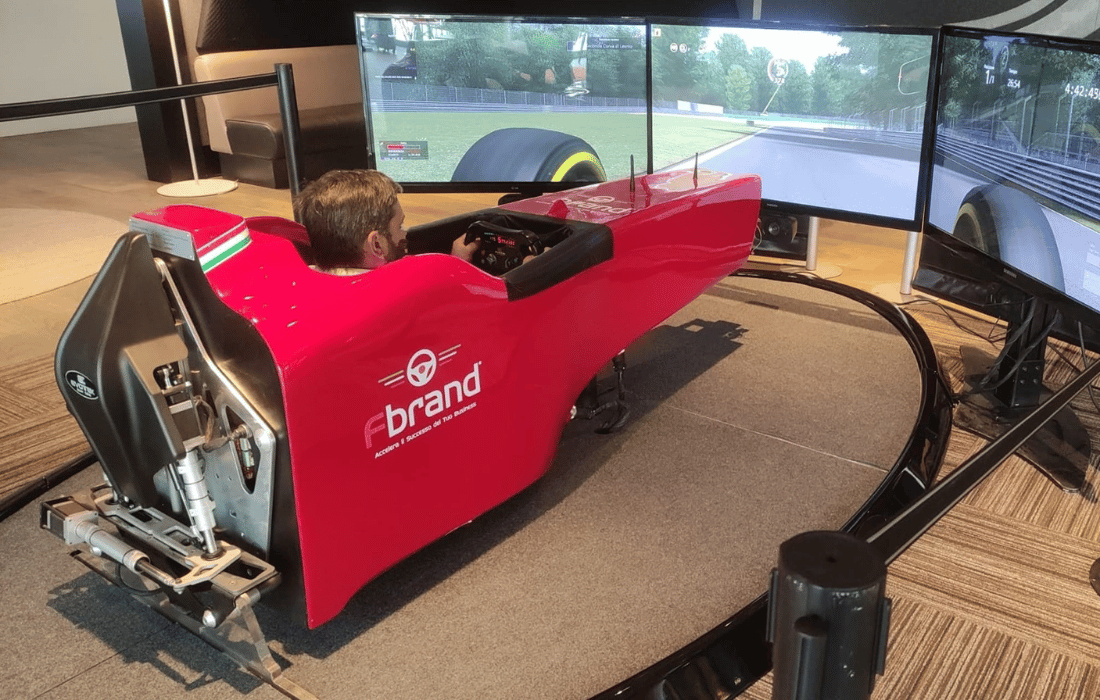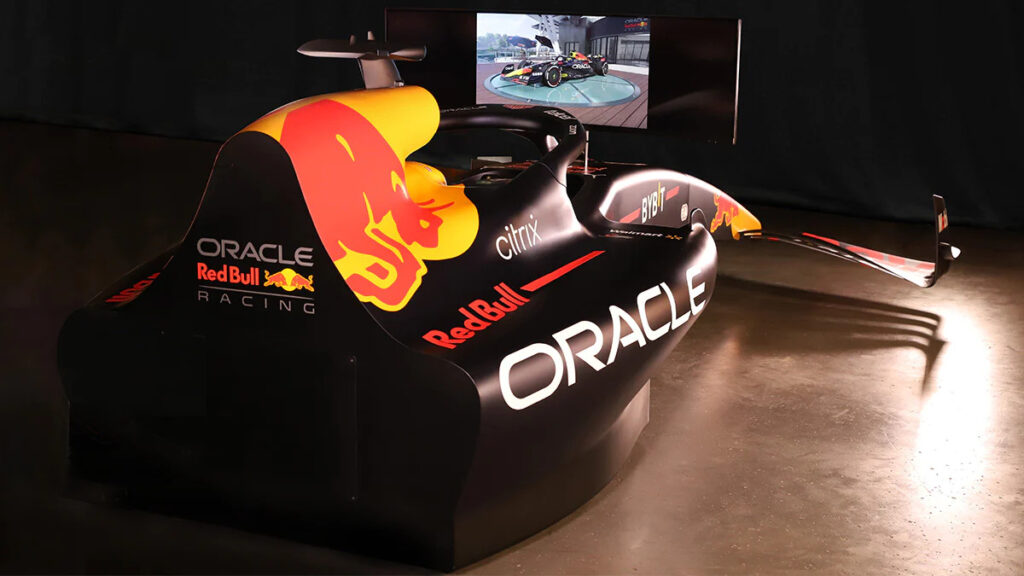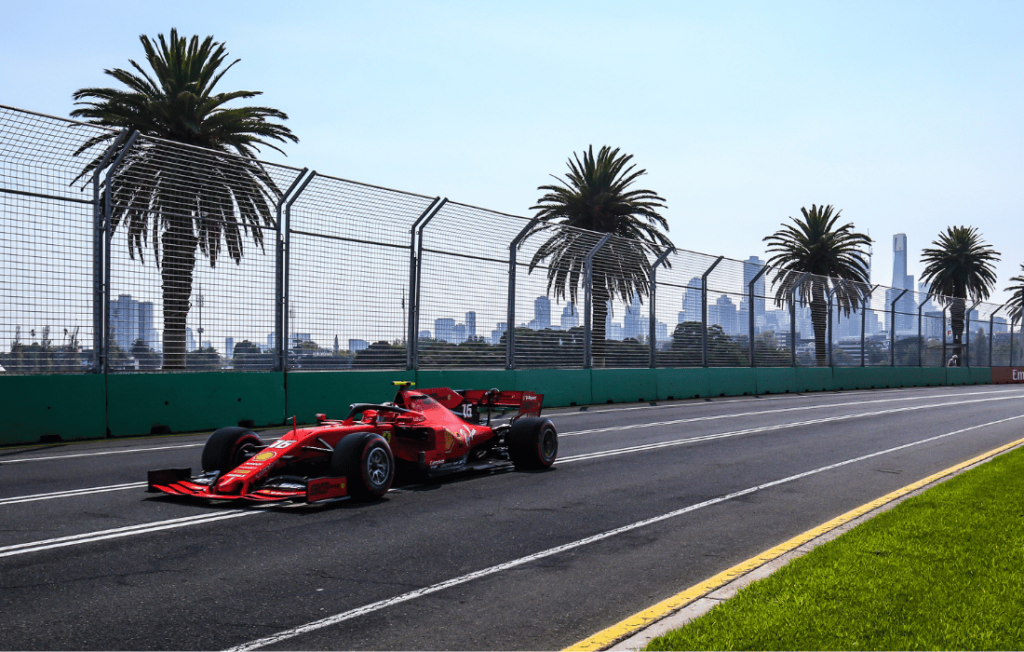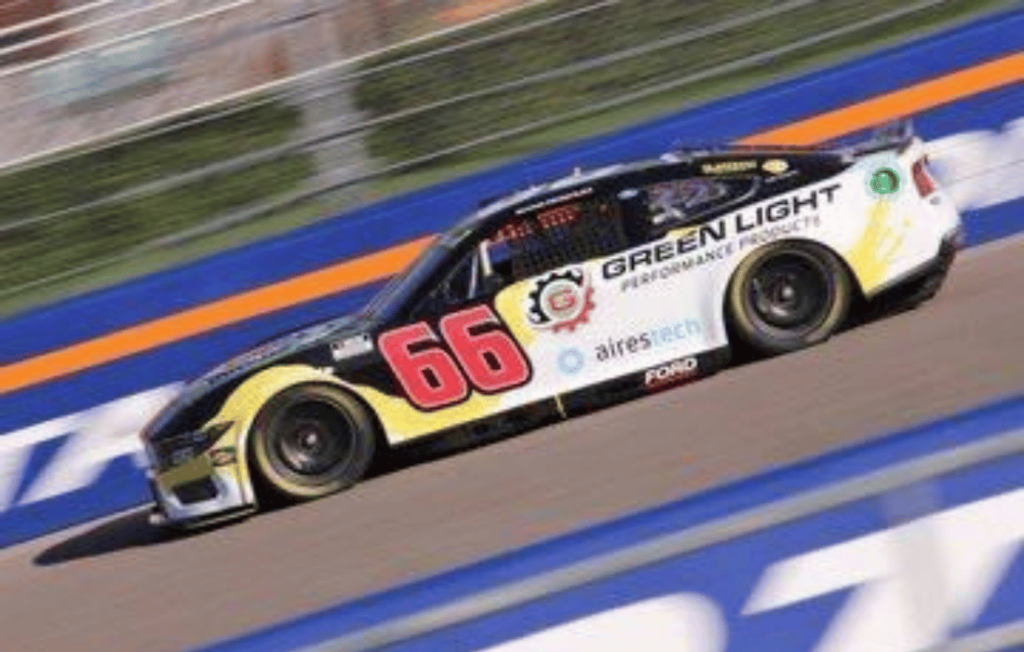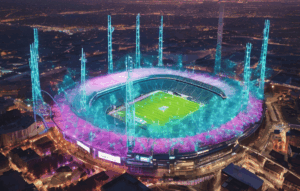In the world of motorsports, the margin between victory and defeat is razor-thin. Success often hinges on preparation, precision, and the ability to adapt in real-time. Traditionally, this preparation has been honed on the racetrack, with drivers logging hours behind the wheel and teams investing heavily in physical testing. But as technology evolves, so does the approach to training. Enter simulator technology: a groundbreaking tool that has revolutionized the way drivers prepare for the demands of racing. Simulators are no longer just a supplementary tool; they are a cornerstone of modern motorsport training. This article explores their introduction, evolution, utility across various sports, and the technical intricacies that make them indispensable.
The Introduction and Evolution of Motorsports Simulators
Simulators have roots in aviation, where they were first developed to train pilots for complex and high-risk environments. Recognizing the potential for similar training benefits, motorsports began adopting the technology in the late 1980s and early 1990s. Early motorsports simulators were rudimentary by today’s standards, featuring basic physics engines and simplistic visuals. However, they laid the foundation for what would become one of the most significant technological advancements in the sport.
The 2000s saw rapid advancements in computing power, graphics, and motion technology. This enabled simulators to become more sophisticated, offering highly accurate physics modeling and real-time telemetry. Companies like McLaren Applied Technologies, Dallara, and Ferrari pioneered proprietary systems tailored for elite racing teams, while consumer-level simulators like iRacing and Assetto Corsa brought realistic training tools to amateur drivers.
Today, simulators incorporate laser-scanned tracks, advanced motion rigs, and AI-powered analytics, offering a near-identical experience to real-world racing. The technology has become an essential component of driver development, car setup, and strategic planning.
Utility: How Simulators Transform Driver Training and Team Strategy
Simulators have proven to be invaluable for both drivers and teams. Their applications span several critical aspects of motorsports:
Driver Development
Skill Building: Simulators allow drivers to practice braking points, throttle control, and cornering techniques in a controlled environment. This is especially beneficial for young or less experienced drivers.
Track Familiarity: Drivers can familiarize themselves with new or upcoming tracks, understanding their nuances before ever setting foot on the circuit.
Race Scenarios: Simulators enable drivers to rehearse specific scenarios, such as overtaking, pit stops, or recovering from a spin.
Perhaps one of the biggest advantages simulators offer is reducing the need for extensive on-track practice. Drivers no longer have to spend countless hours each week at the physical racetrack, which not only saves time but also reduces the wear and tear on vehicles. For example, a professional driver can log dozens of hours of high-intensity practice in a simulator during the week, refining techniques without burning through expensive tires, fuel, or engine mileage. This efficiency allows teams to allocate resources more strategically while ensuring drivers remain race-ready.
Team Strategy and Engineering
Car Setup: Engineers use simulators to test various car setups, from suspension and aerodynamics to tire pressures, ensuring optimal performance under race conditions.
Telemetry Analysis: Simulators generate data that mirrors real-world telemetry, allowing teams to refine strategies and troubleshoot potential issues.
Cost Efficiency: Physical testing is expensive and time-consuming. Simulators provide a cost-effective alternative that reduces wear and tear on vehicles while minimizing environmental impact.
Beyond cost, simulators also allow for flexible scheduling. Drivers and engineers can experiment with multiple setups and scenarios in a single day without the logistical challenges of securing track time or dealing with changing weather conditions. Teams can even simulate races at upcoming circuits, anticipating variables like temperature changes, wind patterns, and grip evolution, giving them a strategic edge before race day.
Mental and Physical Conditioning
Cognitive Training: Simulators challenge drivers’ reflexes, decision-making, and focus under simulated race pressure.
Muscle Memory: Advanced motion rigs replicate g-forces, enabling drivers to develop the physical endurance required for high-speed racing.
Mental conditioning through simulators is equally important. Drivers can use these systems to practice maintaining focus during prolonged sessions, replicating the intense concentration required in endurance races or critical late-stage battles for position. These sessions also help drivers acclimate to the pressure of race day, making them better equipped to handle real-world challenges.
Simulators Across Different Motorsports
While simulators originated in high-level racing like Formula 1, their adoption has spread across various disciplines:
Formula 1
Formula 1 teams have some of the most advanced simulators in the world. Drivers use them extensively to prepare for each Grand Prix, practicing everything from tire degradation to handling specific track conditions. Teams also test car developments virtually, saving time and money before implementing physical upgrades.
Endurance Racing
For events like the 24 Hours of Le Mans, simulators are critical. Drivers train for long stints, night racing, and changing weather conditions, ensuring they can adapt seamlessly during the race.
Esports and Grassroots Racing
Simulators have democratized access to motorsports training, enabling aspiring drivers to hone their skills at home. Many esports drivers, including those competing in virtual Formula 1 or NASCAR championships, have transitioned to real-world racing thanks to their simulator expertise.
Rally and Off-Road Racing
Simulators for rally racing replicate variable terrains, such as gravel, snow, and mud. These tools help drivers practice precise car control under challenging conditions.
NASCAR
NASCAR simulators help drivers master oval racing dynamics, including drafting and side-by-side battles. Platforms like iRacing have become an essential tool for NASCAR drivers, offering realistic recreations of circuits and race-day conditions.
Brand Applications and Partnerships in Motorsports Simulators
The rise of motorsports simulators has led to significant brand partnerships and applications within the industry. Many prominent racing series and teams collaborate with technology companies to create cutting-edge simulator setups tailored for competitive advantage. Some notable examples include:
McLaren and Logitech G: McLaren collaborates with Logitech G to produce high-performance simulator hardware and software, combining expertise in motorsport engineering and consumer technology.
Ferrari and Thrustmaster: Ferrari partners with Thrustmaster to develop branded racing peripherals, making professional-level simulator tools available to aspiring racers worldwide.
NASCAR and iRacing: NASCAR works closely with iRacing to host virtual championships, providing drivers with realistic practice environments and engaging fans through esports.
Formula 1 Teams and Proprietary Simulators: F1 teams like Red Bull Racing and Mercedes-AMG Petronas use proprietary simulator systems, integrating real-time telemetry and AI analytics for unparalleled precision.
Le Mans Virtual Series: Endurance racing organizations partner with simulator platforms to host virtual endurance events, blurring the lines between gaming and real-world racing.
These partnerships showcase how simulators are not only tools for driver development but also vital for fan engagement and technological innovation in the sport.
RF Output and Its Comparison to Consumer Electronics
One often-overlooked aspect of simulator technology is the electromagnetic field (EMF) and radiofrequency (RF) output associated with their operation. These systems rely on high-powered computers, screens, and wireless peripherals, all of which emit varying levels of RF radiation. While the emissions are generally within safe limits, comparing their output to devices like smartwatches or cell phones can be insightful:
Simulators: High-end simulators typically emit RF levels similar to a powerful desktop computer. This is due to their reliance on multiple GPUs, CPUs, and networking equipment. However, these emissions are usually contained within the system and pose minimal risk due to limited proximity to the user.
Smartwatches: Wearables emit constant low-level RF radiation as they maintain a Bluetooth connection with paired devices. Prolonged exposure close to the body may raise concerns for some users.
Cell Phones: Mobile phones emit higher RF levels, particularly during calls or data usage. Unlike simulators, phones are often held close to the body, increasing exposure.
For drivers concerned about RF exposure, mitigating strategies include:
Using wired peripherals instead of wireless ones.
Ensuring the simulator setup is well-grounded and placed away from sleeping areas.
Incorporating EMF protection devices, such as those from Aires Tech, to minimize exposure during long simulator sessions.
The Future of Motorsports Simulators
The evolution of motorsports simulators shows no signs of slowing down. Emerging technologies promise to make simulators even more realistic and impactful:
Artificial Intelligence: AI-driven systems can simulate dynamic race scenarios, including unpredictable opponent behavior and real-time weather changes.
Virtual Reality (VR): As VR headsets become more advanced, they offer unparalleled immersion, allowing drivers to feel fully “in the car.”
Haptic Feedback: Improved motion rigs and tactile systems will enhance the physical realism of simulators, further bridging the gap between virtual and real-world racing.
Remote Collaboration: Teams can use cloud-based simulators to collaborate globally, ensuring that all members are aligned on strategy and development.

